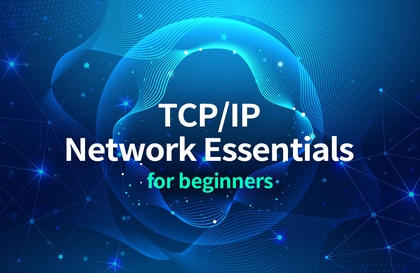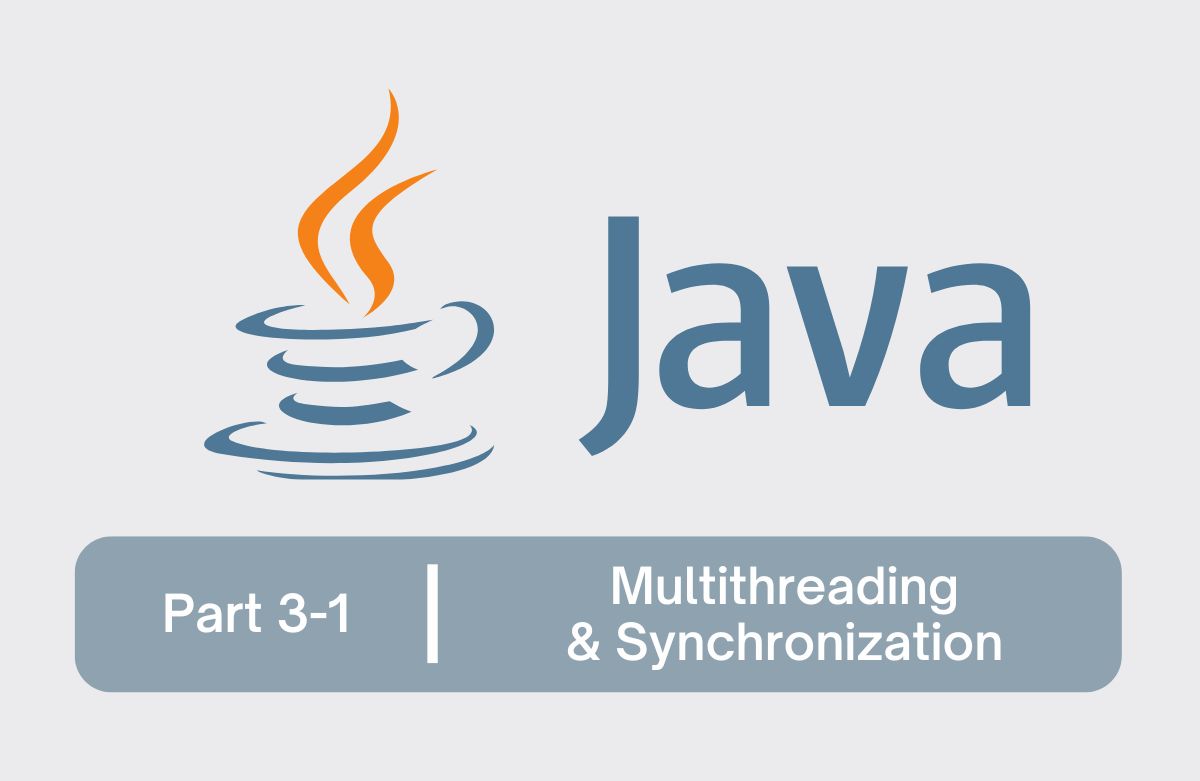
외워서 끝내는 네트워크 핵심이론 - 기초
널널한 개발자
$77,000.00
Beginner / 네트워크, 프로토콜
5.0
(505)
TCP/IP에서 HTTP까지! 네트워크에 대한 기본 이론이 부족한 분들이 '외워서'라도 전공 이론을 이해하고자 희망하는 분들을 위해 준비한 강의입니다. 할 수 있습니다!
Beginner
네트워크, 프로토콜
Secrets to Escaping Beginner Status Revealed! We'll properly teach you about Java multithreaded programming and synchronization techniques!

00:00
/
-
Assumptions about knowledge and learning objectives
12:00
Knowing JVM is important
09:57
Process and Thread
21:47
Common knowledge about computer architecture
11:52
sleep() Method and Chance
19:28
Platform Threads and Kernel Threads
19:55
JVM Object Memory Layout and Lock flag
12:29
OS level kernel object for synchronization
16:04
synchronized method and monitor lock
20:46
Linked List and Multithreading
19:22
Multithreaded Environments and Linked List Errors
21:22
Java-based multithreading programming techniques
Java Memory Model and Synchronization Mechanisms, and JVM Architecture
How to Implement a High-Performance Lock-Free Queue
Who is this course right for?
Entry-level Java developers looking to gain a competitive edge in the job market
For those who want to learn Java in depth based on the internal structure of the JVM.
For those who want to gain a deep understanding of the Java Memory Model and multithreaded environments.
Those who want to learn intermediate to advanced Java programming techniques.
Need to know before starting?
Understanding the JVM Internal Structure: Starting Strong with Java Part 2 Level
Java Programming
32,843
Students
1,726
Reviews
1,025
Answers
4.9
Rating
20
Courses
널널한 개발자 TV 채널 주인장이자
30년 넘게 IT기술의 바다를 항해하고 있는 개발자 입니다. 반갑습니다. ^^
All
51 lectures ∙ (10hr 11min)
Course Materials:
All
10 reviews
5.0
10 reviews
Reviews 1
∙
Average Rating 5.0
Reviews 4
∙
Average Rating 5.0
Edited
5
Thank you for the good lecture. It feels like a Java philosophy class alongside the Java grammar, which is helping me gain a deep understanding of Java. Is there a scheduled date for Part 2, even an approximate one?
Thank you for the good reviews and feedback. Part 3 Part 2 is currently undergoing final finishing work. We will work hard on filming to make sure it can definitely be opened within May. :)
Reviews 11
∙
Average Rating 4.5
5
This is the part 3 lecture I've been waiting for. It was worth the wait. Thank you for the high-quality lecture. I'll listen to it quickly and look forward to part 3-2!
Thank you for the kind reviews and feedback. I will prepare the second part as soon as possible. :)
Reviews 18
∙
Average Rating 4.9
Reviews 26
∙
Average Rating 5.0
Check out other courses by the instructor!
Explore other courses in the same field!
$59.40